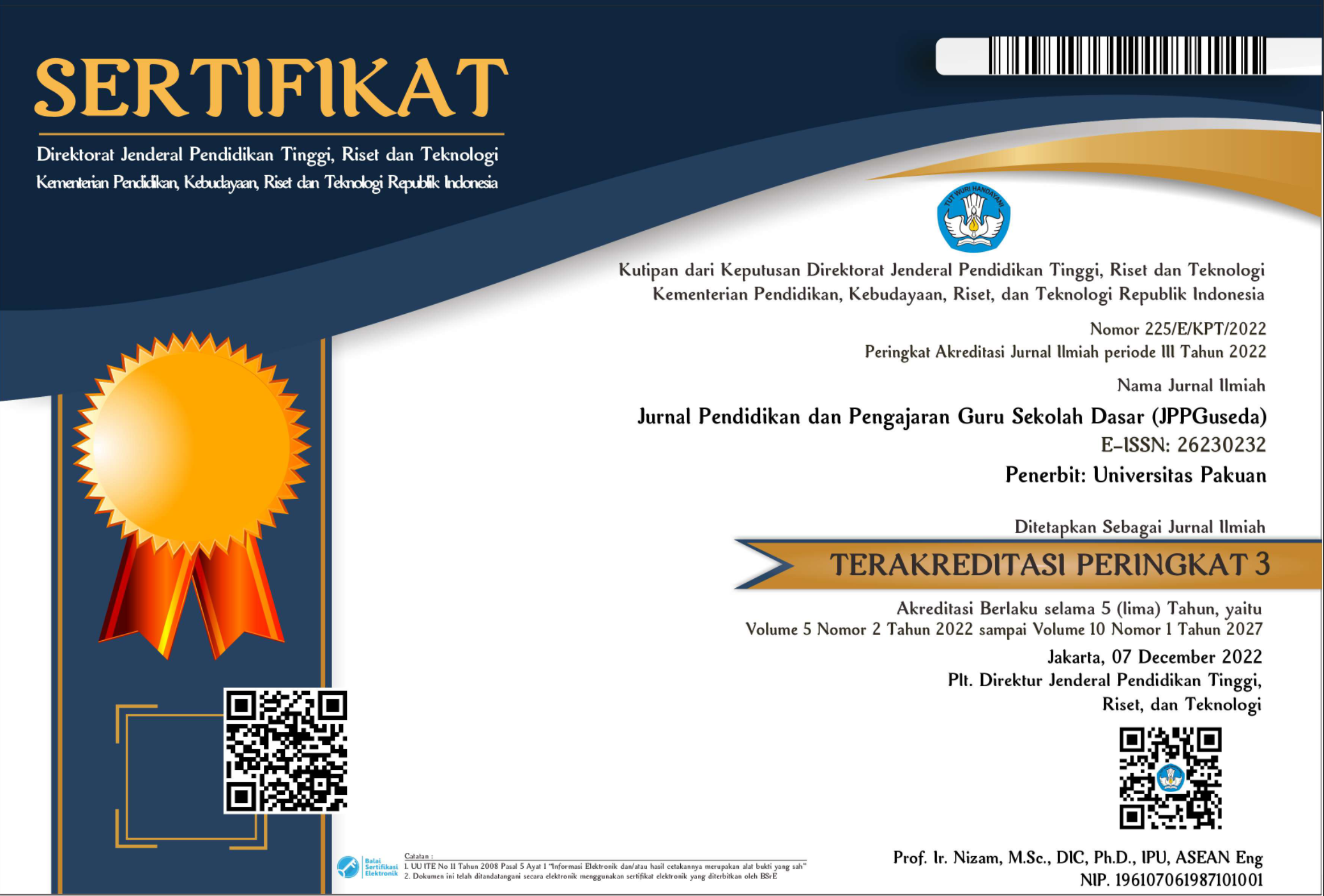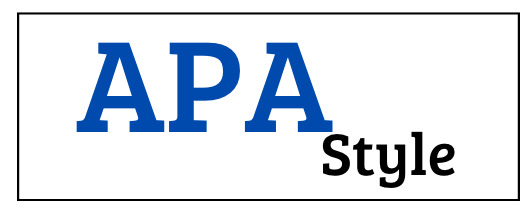STRATEGI DAN INOVASI GURU PAI DALAM MENINGKATKAN MOTIVASI BELAJAR SISWA DI MASA PANDEMI COVID-19
Abstract
STRATEGIES AND INNOVATIONS FOR ISLAMIC RELIGIOUS EDUCATION (PAI) TEACHERS IN INCREASING STUDENT LEARNING MOTIVATION DURING THE COVID-19 PANDEMIC
This study seeks to explore the learning process of PAI student learning during the Covid-19 pandemic and how the strategies and innovations of Islamic Education teachers in increasing students' motivation. During the COVID-19 pandemic, the government currently made a policy so that students learn online (online) using internet-based media (online) or commonly called PJJ (Distance Learning), causing students to be required to learn from home (BDR) without can PTM (Face-to-Face Learning) at school or in class directly. This condition certainly greatly affects the student's learning motivation which is decreasing, due to ineffectiveness and the lack of interactive and communication between teachers and students during PJJ. This research method uses qualitative research methods and data collection techniques by means of observation, interviews and documentation where the object of research is the PAI teacher and students of class X IPA 6 at SMAN 5 Karawang. This research shows that there has been a decrease in student motivation during the COVID-19 pandemic with an indicator that many students are not present when the teacher delivers PJJ material and assignments are not done on time, and some do not even do assignments at all. The development of learning strategies carried out by PAI teachers included always attending students during PJJ, assessing the results of student assignments, and invoicing students who had not submitted assignments. Meanwhile, learning innovations made by PAI teachers are implementing PJJ using varied and innovative applications such as Google Mail, Google Internet, Google Classroom, Google Forms, Google Drive, Google Meet, Zoom Meet, Youtube, WhatssApp, PDF and Microsoft Power Point.
Keywords
References
H. Nishiura, N. M. Linton, and A. R. Akhmetzhanov, Serial interval of novel coronavirus (COVID-19) infections,†Int. J. Infect. Dis., vol. 93, pp. 284286, 2020.
E. Petersen et al., Li Wenliang, a face to the frontline healthcare worker. The first doctor to notify the emergence of the SARS-CoV-2, (COVID-19), outbreak,†Int. J. Infect. Dis., vol. 93, no. February, pp. 205207, 2020.
S. Zhang, M. Y. Diao, W. Yu, L. Pei, Z. Lin, and D. Chen, Estimation of the reproductive number of novel coronavirus (COVID-19) and the probable outbreak size on the Diamond Princess cruise ship: A data-driven analysis,†Int. J. Infect. Dis., vol. 93, pp. 201204, 2020.
F. Albarello et al., 2019-novel Coronavirus severe adult respiratory distress syndrome in two cases in Italy: An uncommon radiological presentation,†Int. J. Infect. Dis., vol. 93, pp. 192197, 2020.
L. L. Hadar, O. Ergas, B. Alpert, and T. Ariav, Rethinking teacher education in a VUCA world: student teachers social-emotional competencies during the Covid-19 crisis,†Eur. J. Teach. Educ., vol. 43, no. 4, pp. 573586, 2020.
D. Destiana, Y. Suchyadi, and F. Anjaswuri, Pengembangan Instrumen Penilaian Untuk Meningkatkan Kualitas Pembelajaran Produktif Di Sekolah Dasar,†J. Pendidik. Pengajaran Guru Sekol. Dasar (JPPGuseda ), vol. 03, no. September, pp. 119123, 2020.
R. Purnamasari et al., Student Center Based Class Management Assistance Through The Implementation Of Digital Learning Models,†J. Community Engagem., vol. 02, no. 02, pp. 4144, 2020.
E. Xue, J. Li, and L. Xu, Online education action for defeating COVID-19 in China: An analysis of the system, mechanism and mode,†Educ. Philos. Theory, vol. 0, no. 0, pp. 113, 2020.
R. C. Kalloo, B. Mitchell, and V. J. Kamalodeen, Responding to the COVID-19 pandemic in Trinidad and Tobago: challenges and opportunities for teacher education,†J. Educ. Teach., vol. 46, no. 4, pp. 452462, 2020.
Nurjanah and Y. Suchyadi, Media Audio Visual Sebagai Media Peningkatan Keterampilan Menulis Teks Deskripsi Di SMP Negeri 3 Kota Bogor,†Pedago. J. Ilm. Pendidik., vol. 04, no. 01, pp. 4044, 2020.
V. Ellis, S. Steadman, and Q. Mao, ‘Come to a screeching halt: Can change in teacher education during the COVID-19 pandemic be seen as innovation?,†Eur. J. Teach. Educ., vol. 43, no. 4, pp. 559572, 2020.
Y. Suchyadi et al., Increasing Personality Competence Of Primary School Teachers, Through Education Supervision Activities In Bogor City,†J. COMMUNITY Engagem., vol. 01, no. 01, 2019.
W. Kidd and J. Murray, The Covid-19 pandemic and its effects on teacher education in England: how teacher educators moved practicum learning online,†Eur. J. Teach. Educ., vol. 43, no. 4, pp. 542558, 2020.
M. Rawwas, Dirasah Tahliliyyah Li Syahshiyati Ar-Rasul Muhammad.†Dar An-Nafais, Lebanon Beirut, pp. 1303, 1988.
Y. Al-Qardhawi, UshÅ«l Al-Amal Al-KhairÄ« FÄ« Al-IslÄm FÄ« Dhaui An-NushÅ«sh Wa Al-MaqÄsid As-SyarÄ«ah. Mesir Kairo: Cairo: Dar As-Syuruq, 2007.
Y. Al-Qardhawi, SyarÄ«atu Al-IslÄmiyyah ShÄlihatun Lil TathbÄ«q FÄ« Kulli ZamÄn Wa MakÄn. Mesir Kairo: Cairo: Dar As-Shahwah Lil Nasyr Wa Tauji, 1993.
M. Rindu et al., Tanfidz Talim As-Syahsyiyyah Dirasah Tahliliyyah Fi Mahad Al-Inayah Bandung,†Lentera Pendidik., vol. 23, no. 2, pp. 343356, 2020.
U. Romli, D. M. Suwarma, M. R. F. Islamy, and M. Parhan, Pengembangan Media Pembelajaran Akidah Dengan Konsep ‘Qurani Berbasis Ict Untuk Siswa Sekolah,†J. Pendidik. dan Pengajaran Guru Sekol. Dasar, vol. 4, no. 1, pp. 6064, 2021.
U. Supriadi, U. Romli, M. R. F. Islamy, M. Parhan, and N. Budiyanti, The Role of Islamic Education Teachers in Preventing Radicalism at Madrasa Aliyah,†Nazhruna J. Pendidik. Islam, vol. 4, no. 1, pp. 7490, 2021.
M. R. F. Islamy, M. Parhan, Jenuri, and D. M. Suwarma, Studi Analisis Dampak Akulturasi Budaya Terhadap Sikap Ukhuwwah Islamiyyah Mahasiswa Dalam Dimensi Globalisasi,†J. Transform., vol. 5, no. 1, 2021.
A. Jalil, Karakter Pendidikan untuk Membentuk Pendidikan Karakter,†Nadwa, vol. 6, no. 2, p. 175, 2016.
M. Muhsinin, Model Pendidikan Karakter Berbasis Nilai-Nilai Islam Untuk Membentuk Karakter Siswa Yang Toleran,†Edukasia J. Penelit. Pendidik. Islam, vol. 8, no. 2, pp. 205228, 2013.
M. Nasir, Curriculum Characteristics of Madrasah Aliyah in East Kalimantan,†Din. Ilmu, vol. 20, no. 1, pp. 95105, 2020.
A. Mudlofir, Pendidikan Karakter: Konsep dan Aktualisasinya dalam Sistem Pendidikan Islam,†Nadwa, vol. 7, no. 2, p. 229, 2016.
M. Nadzir, Perencanaan Pembelajaran Berbasis Karakter,†J. Pendidik. Agama Islam, vol. 02, pp. 339352, 2013.
DOI: 10.55215/jppguseda.v4i3.4574
 Abstract views : 1024
Abstract views : 1024
Refbacks
- There are currently no refbacks.
Copyright (c) 2021 Jurnal Pendidikan dan Pengajaran Guru Sekolah Dasar (JPPGuseda)

This work is licensed under a Creative Commons Attribution-NonCommercial 4.0 International License.




















